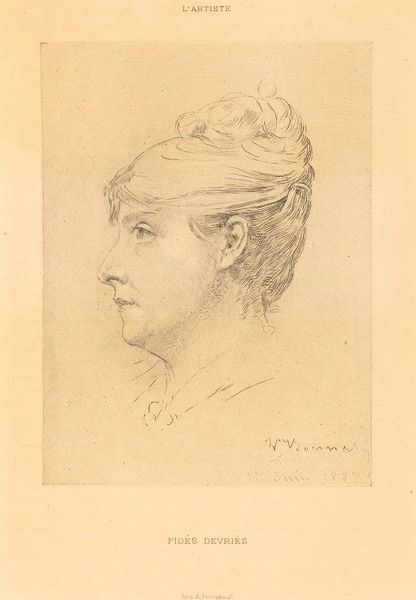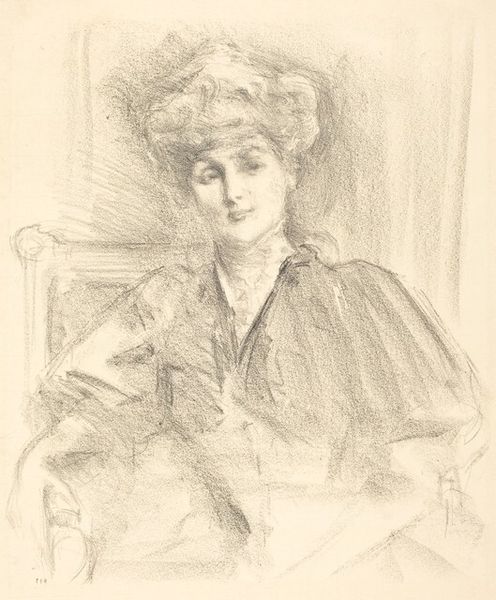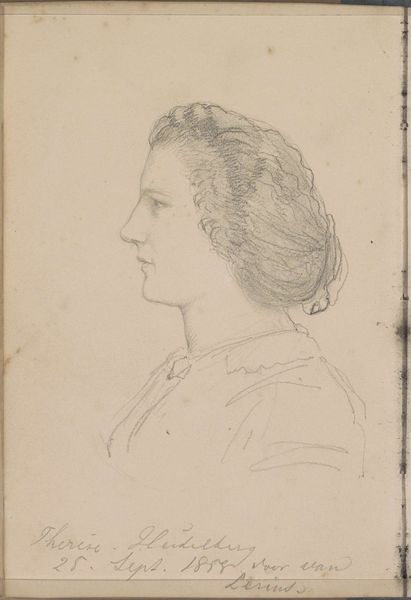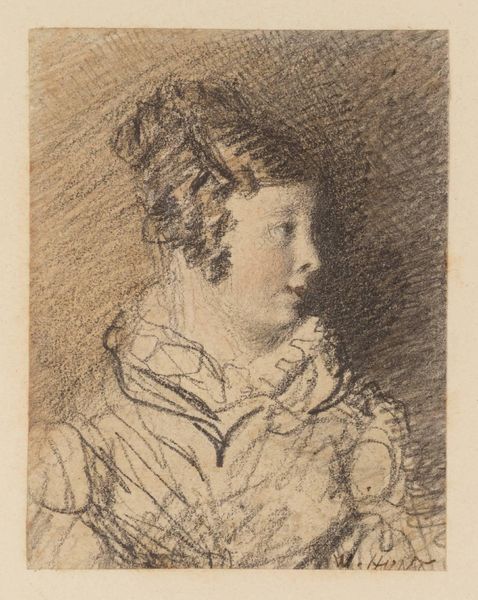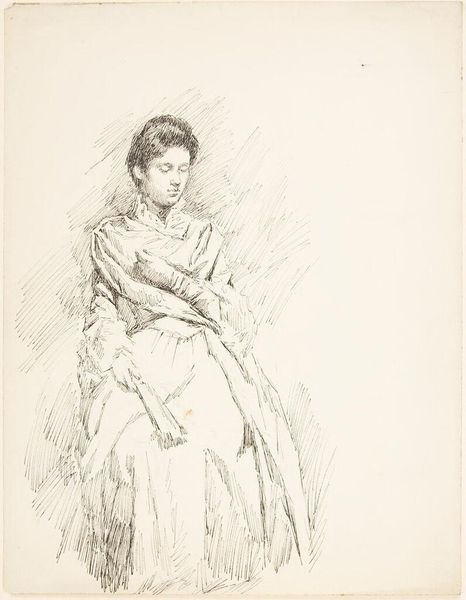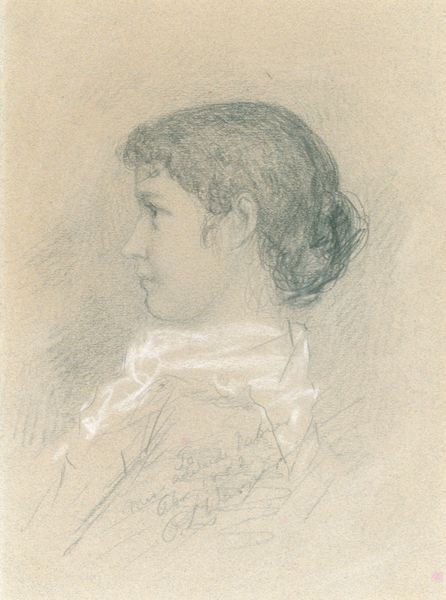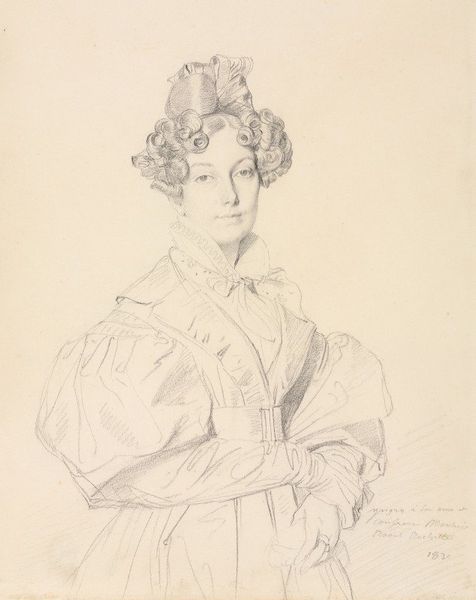
drawing, pencil
#
portrait
#
drawing
#
pencil drawing
#
pencil
#
expressionism
Copyright: Public Domain: Artvee
Editor: So, here we have Egon Schiele’s pencil drawing, "Damenporträt," seemingly from 1906. There’s something quite melancholic in her gaze. How do you interpret this work? Curator: Indeed. Her gaze, turned away, carries a weight. Consider the collared dress; those precise, repetitive lines act almost like a barrier, holding her in place, hinting at societal constraints perhaps? What do you see in the shadows beneath her cheek? Editor: Now that you mention it, there’s an intensity in that shading, almost like… resignation? Is Schiele reflecting something about women of his time, their limited roles? Curator: Perhaps. Look closer, and we notice the soft curls around her face. Aren’t those softer lines almost rebelling against the severe dress, as if the societal expectations were a struggle against her more gentle, expressive self? The curls are far less sharply defined than the stripes of her dress, or the shading along her face. It is almost as if her mind is her own and not easily contained or restricted. Do you notice any specific details? Editor: It is not perfect. There is a certain amount of sketchiness, but that feels… intentional. I wonder if he meant to expose this struggle between expectations and self-identity by contrasting the subject's hard, defined social identity against a freer inner state. Curator: Precisely! The incomplete nature enhances that reading. Each visible stroke tells a story, not just of artistic creation, but about societal pressures and a quieter inner world. And do you feel the weight of the image? Editor: Absolutely. The simplicity amplifies it. What looked like a simple portrait speaks volumes about a whole era. Curator: And in this drawing, a cultural memory is stirred; what an incredible act of visual rhetoric that resonates even now.
Comments
No comments
Be the first to comment and join the conversation on the ultimate creative platform.
